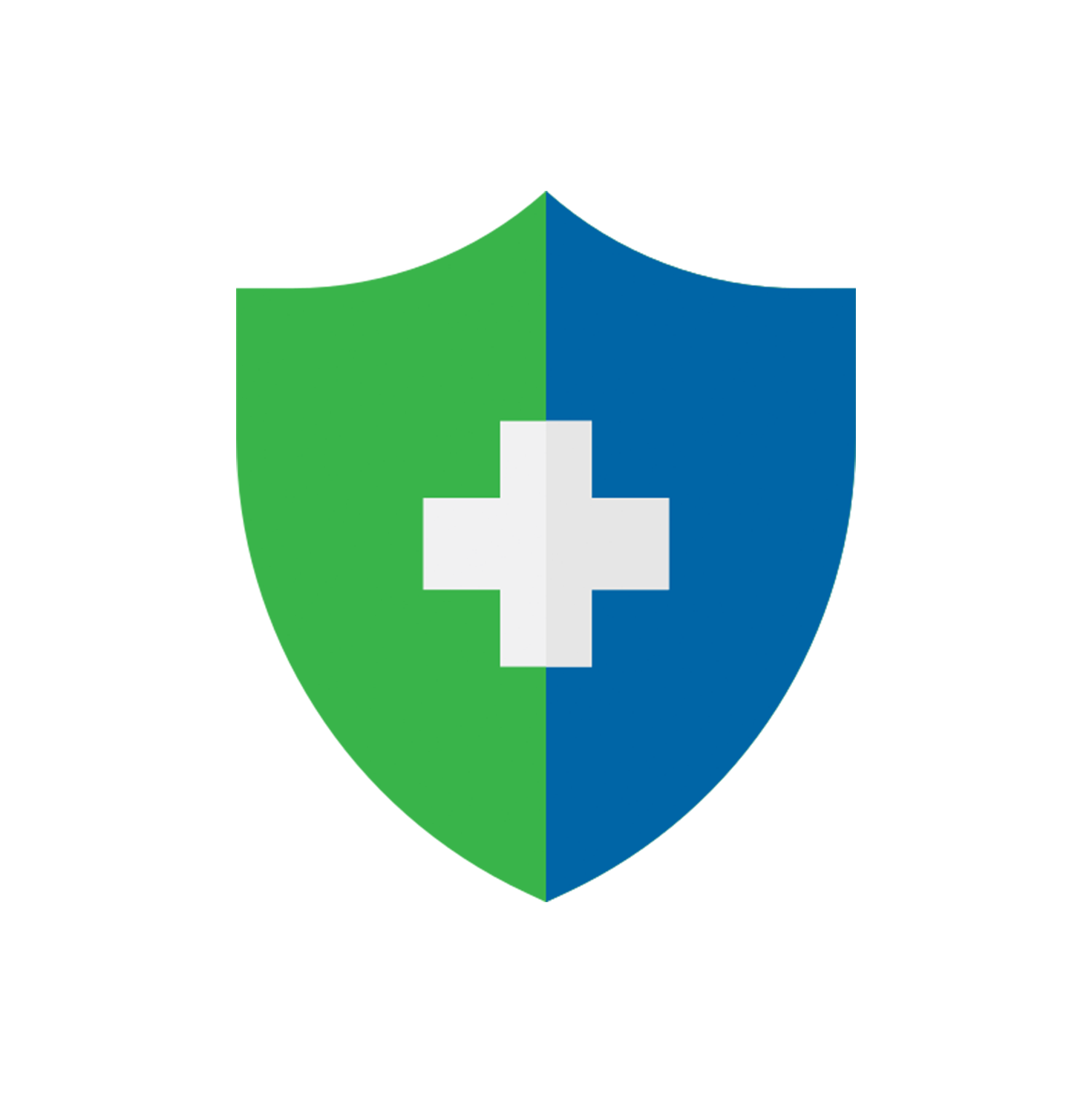According to UNAIDS, 37.7 million people globally were living with HIV in 2020.
Talking about AIDS, many people may associate the disease with ‘infectious,’ no cure’ and ‘strong complications.’ With medical advancement, new treatments have been invented to control the viral load in patients and lower the risk of complications. In addition, HIV carriers are not contagious if they can keep an undetectable viral load through medications. In this article, Cigna Smart Health helps you bust all the myths related to AIDS.
What Is AIDS?
AIDS stands for ‘Acquired Immune Deficiency Syndrome,’ and it is caused by a virus called human immunodeficiency virus (HIV). Once the virus enters the body through blood vessels, it will begin to attack the ‘T4 Lymphocytes’ that reside within the immune system, destroying the operation of the immune system. With a weakened ability to self-repair, patients cannot fight against bacteria and viruses with their immunity and eventually suffer from serious illness and pass away.
Causes of AIDS
HIV cannot live out of the human body, so normal social contacts, such as handshaking, talking and having meals together, do not transmit the virus. The medium of HIV transmission is deep body fluid which can be spread through:
- Having unprotected sex with HIV-infected partner
- Blood contact via sharing of blood injection tools or personal items (such as razors, syringe etc.)
- Mother-to-child infection: Infected mothers can transmit the virus to their babies during pregnancy, delivery and breast-feeding periods.
Symptoms of AIDS
AIDS can take 10 to 15 years to develop after the infection with HIV. At the very beginning, the infected person may experience:
- Flu-like symptoms
- Fever
- Weight loss
- Fatigue
- Swollen glands
Complications of AIDS
HIV destroys the immunity of an infected person. As a result, he is prone to bacterial, viral and even parasitic infections. Infections that normally do not affect healthy individuals will also be developed in his body. They are called opportunistic infections as they "seize" the opportunity to cause any kind of diseases and complications. Below are the common complications of AIDS.
- Toxoplasmosis (toxo)
- Cryptococcal Meningitis
- Cytomegalovirus (CMV) retinitis
- Pneumocystis pneumonia (PCP)
- Tuberculosis (TB)
- Cytomegalovirus (CMV)
- Cryptosporidiosis
- Herpes Simplex
- Shingles
- Molluscum contagiosum
- Mycobacterium avium intracellulare
- Penicillium marneffei
- Candidiasis (thrush)
How Can You Prevent AIDS?
As pointed out by the Hong Kong Advisory Council on AIDS (ACA), a single preventive measure is not enough for controlling the spread of AIDS, so they suggested high-risk individuals should take at least 2 measures for effective prevention. In addition, the Joint United Nations Programme on HIV/AIDS (UNAIDS) also supports combined precautions to safeguard HIV transmission. The precautions include:
- Use condoms properly and persistently.
- Conduct HIV testing regularly.
- Take pre-exposure prophylaxis (PrEP) and post-exposure prophylaxis (PEP).
Treatments of AIDS
Although AIDS is not curable, patients can control their viral load and allow the immune system to restore its functions with the use of antiviral drugs. If HIV carriers receive the right treatment continuously, they can achieve an undetectable viral load to avoid damaging their immune systems and cut off the infectivity of HIV.
Furthermore, as shown by recent studies, people with AIDS cannot transmit the virus via sex if their viral load is kept undetectable for a least six months. With various types of AIDS drugs available nowadays, different characteristics of HIV can be suppressed effectively. By receiving medications with good adherence, AIDS patients can reach an undetectable viral load persistently. The following are some common AIDS drugs and effects for your information.
| Medicines |
Effects |
| Nucleoside reverse transcriptase inhibitors (NRTIs) |
Stop viral transcription |
| Non-nucleoside reverse transcriptase inhibitors (NNRTIs) |
Stop viral transcription |
| Protease inhibitors (PIs) |
Block a protein that infected cells need to put together new HIV particles. |
| Fusion inhibitors |
Stop viruses from entering CD4 cells |
| CCR5 antagonists |
Stop HIV before it gets inside CCR5 receptors |
HIV Testing for AIDS
Nowadays, HIV testing is divided into two types, which are HIV antibody tests and HIV antigen tests. The former requires your body fluid, such as blood, saliva and urine, for examination. Positive or negative results are shown afterwards. In HIV antigen tests, a diagnosis is made by detecting the level of p24 antigen in the blood.
If you want to receive a free STD check, you can visit the clinics under the social health services without any prior appointment. Furthermore, many private medical centres offer comprehensive STD checking packages with different items and prices. You should evaluate your needs to decide which tests you should go for. Below are the three medical centres that provide HIV testing.
| Medical Centres |
Items |
Fees (HKD) |
| Syphilis, herpes, HIV antibody and HPV DNA test |
From $680 |
|
| Early detection of AIDS, syphilis, herpes, hepatitis, gonorrhea, chlamydia and sexually transmitted disease pathogens, HPV virus (male and female), urinary tract or prostate infection and bacterial cultivation |
From $1,050 |
|
| HIV antibody, syphilis antibody and other sexual health tests |
From $1,870 |
What Is a Window Period of AIDS?
After HIV enters the human body, a certain period of time is needed before a test can detect it. This is called the HIV window period. At the same time, HIV copies itself rapidly in the body without creating any symptoms, but they are highly infectious. Therefore, high-risk individuals should take HIV testing regularly.
Nowadays, the conditions of AIDS can be controlled by medication to lower the viral load in the blood. If you are susceptible to AIDS, please receive HIV testing as soon as possible for receiving early treatments.
Source
© Cigna Healthcare 2023
Information provided in this article is intended for health and fitness purposes only and is not intended for use in the diagnosis of disease or other conditions, or in the cure, mitigation, treatment or prevention of disease (see Terms & Conditions for details). Any health-related information found in this article is available only for your interest and should not be treated as medical advice. Users should seek any medical advice from a physician, especially before self-diagnosing any ailment or embarking on any new lifestyle or exercise regime. Any information contained in this article may not be suitable, accurate, complete or reliable. Cigna Healthcare accepts no responsibility for the content or accuracy of information contained on external websites or resources, or for the security and safety of using them. "Cigna Healthcare" and the "Tree of Life" logo are registered trademarks of Cigna Intellectual Property, Inc. in the United States and elsewhere, licensed for use. All products and services are provided by or through operating subsidiaries, and not by The Cigna Group.



